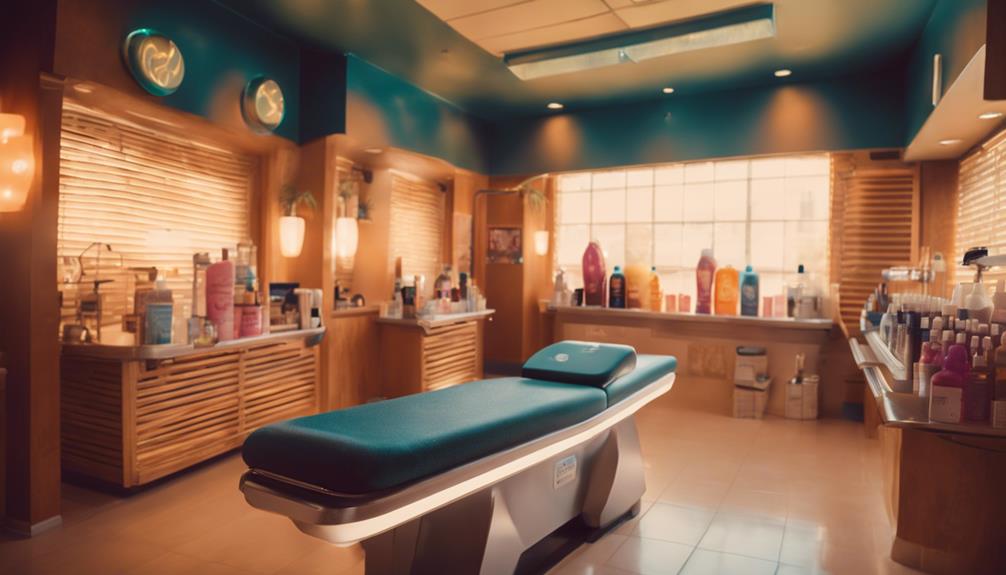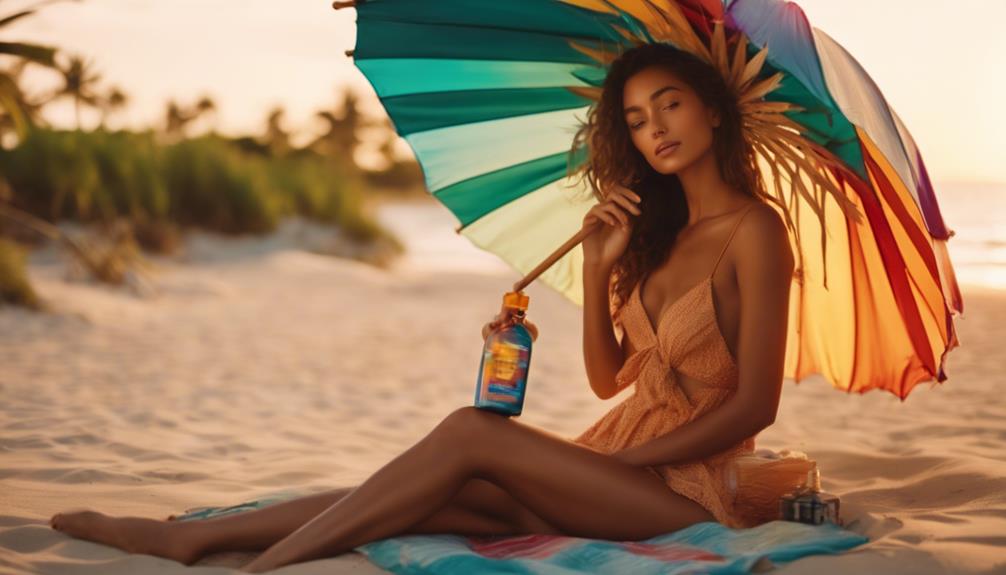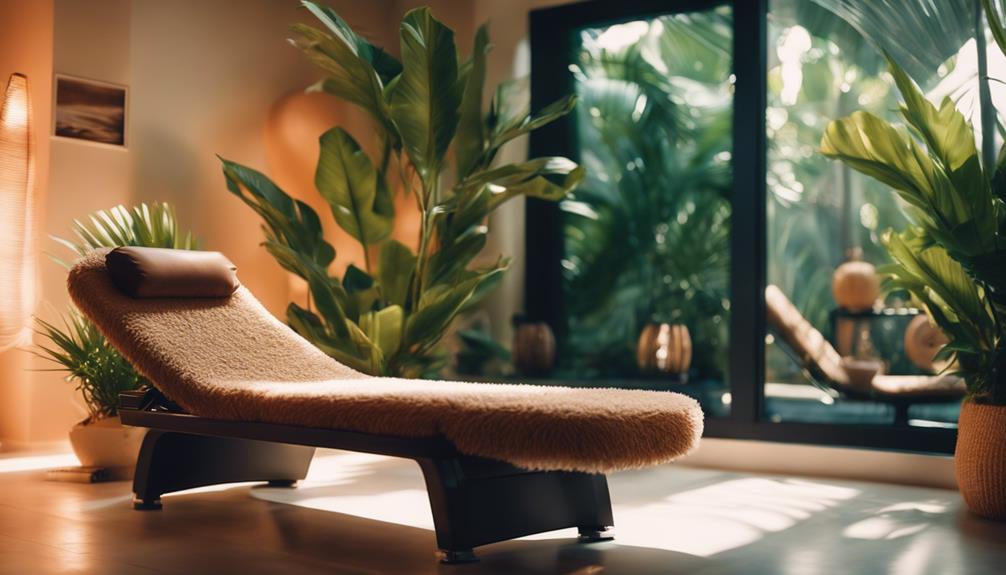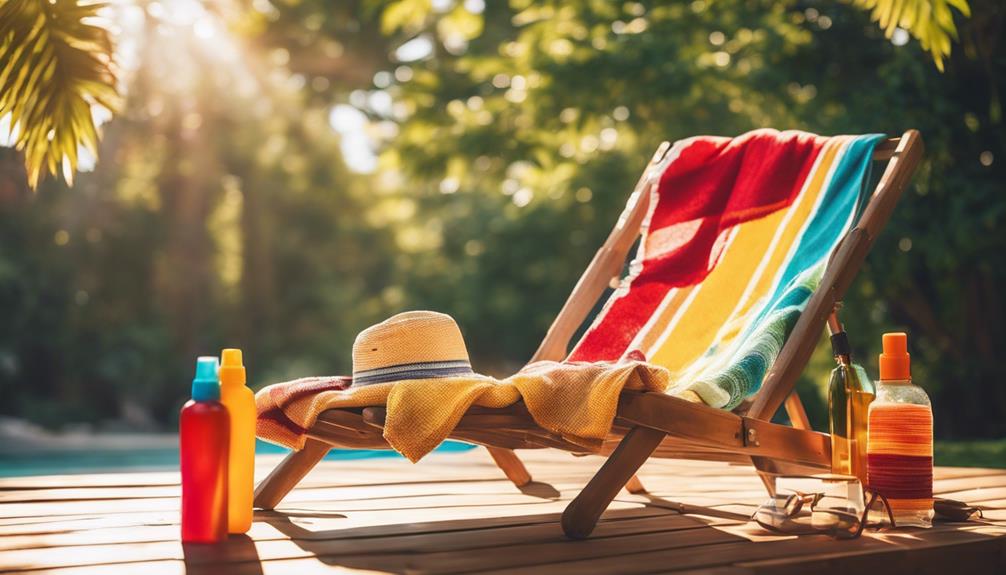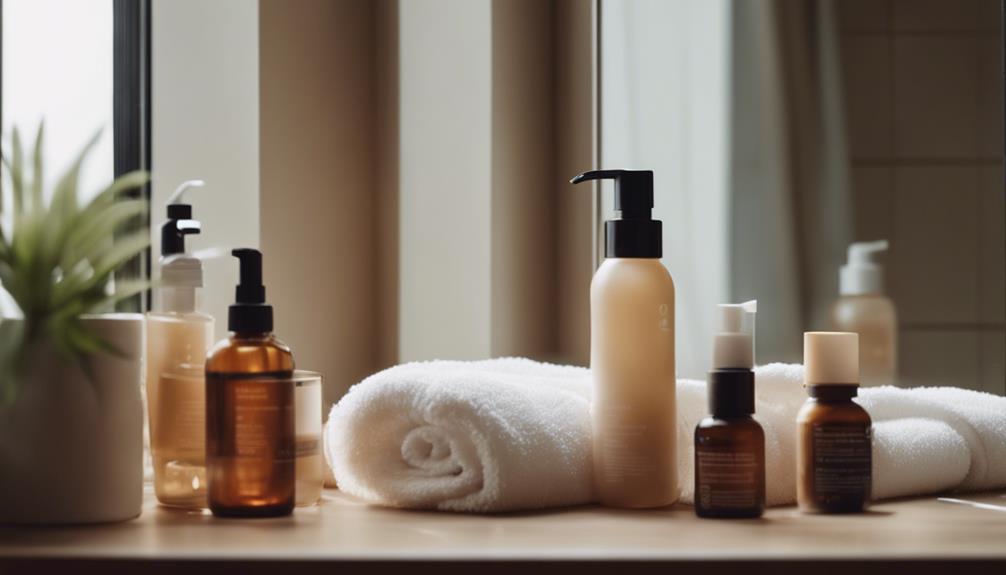When you are using a tanning bed, it is essential to prioritize safety in order to achieve that bronzed glow without the risk of burning! To start, assess your skin type— if you have fair skin, it is more prone to burning quickly so begin with short sessions. Make sure to always wear protective goggles to shield your eyes, and remember to hydrate your skin with moisturizers that will nourish it. Use a timer; no one wants to end up looking like a lobster! After tanning, take a refreshing shower and apply some aloe vera to calm your skin. Keep in mind that the health of your skin is important, so monitor any changes closely. Interested in learning more tips? There is a wealth of information waiting to be explored!
Key Takeaways
- Assess your skin type to determine UV sensitivity and adjust tanning time accordingly for safer sessions.
- Always wear goggles to protect your eyes from harmful UV exposure during tanning.
- Use a moisturizing tanning lotion with bronzers and vitamins to nourish and hydrate your skin.
- Set timers for tanning sessions, starting with shorter durations and gradually increasing as your skin tolerates.
Skin Assessment and Preparation
Before hitting the tanning bed, it's crucial to assess your skin type and its sensitivity to UV rays to guarantee a safe and effective tanning experience. Are you fair, medium, or dark-skinned? Knowing this helps you understand how your skin reacts to UV rays.
If you're on the fair side, those UVB rays might turn you into a lobster faster than you can say “tan.” So, keep an eye on your skin's reactions!
Before tanning, exfoliate your skin about 24 hours prior, ensuring it's clean and ready for the glow-up. And don't forget to hydrate! Think of your skin as a sponge; the more hydrated it is, the better it can soak up that sun-kissed goodness.
Ready to glow?
Choosing Tanning Lotions
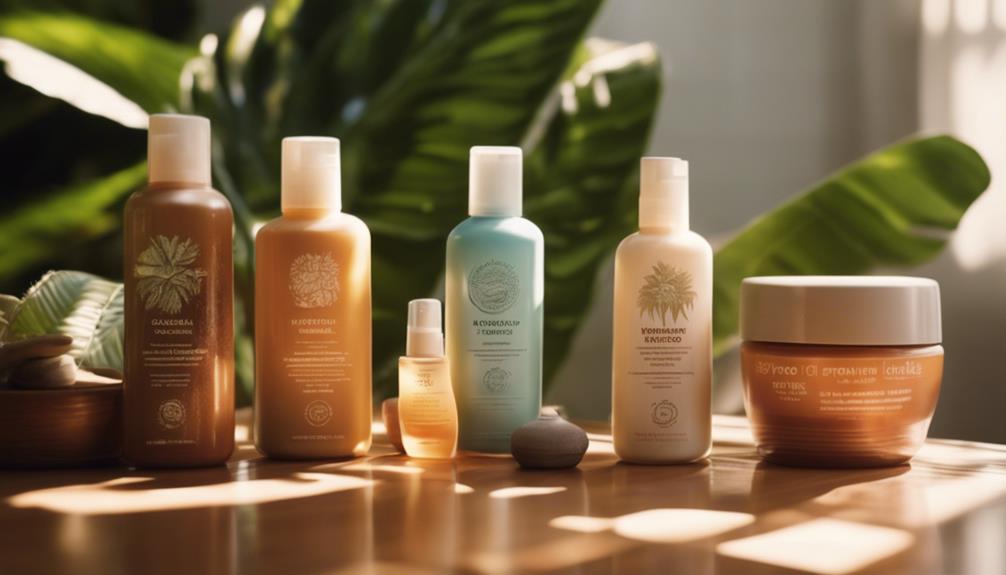
Choosing the right indoor tanning lotion can make a significant difference in achieving a safe and beautiful tan. You want a lotion that not only enhances your glow but also protects your skin.
Here are three key things to look for:
- Moisturizers: Ingredients like aloe vera or shea butter keep your skin hydrated, reducing the risk of burns.
- Bronzers: These give you a deeper tan instantly, making your skin look fabulous right away.
- Accelerators: They help speed up the tanning process, so you get that sun-kissed look faster.
Time Management Strategies
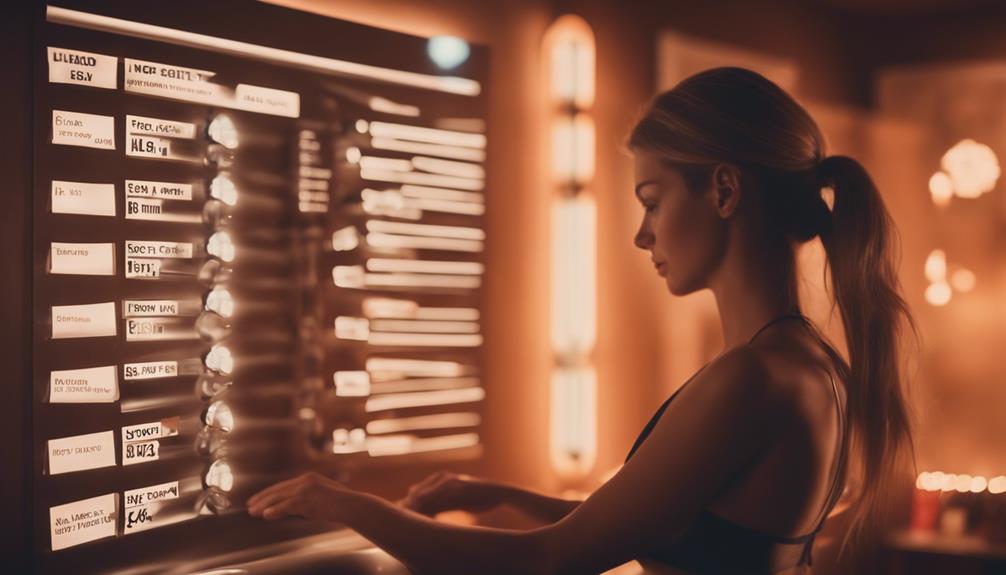
To achieve a beautiful tan while ensuring your skin's safety, it's important to manage your time effectively during tanning sessions.
Start by setting a timer—think of it as your tanning buddy, reminding you when to hop out! If you're new to tanning, begin with shorter sessions, maybe just 5-10 minutes. This way, you can gauge how your skin reacts without getting crispy like a burnt toast.
As you get used to it, gradually increase your time but always stay aware of your skin type's limits. Remember, patience is key!
Taking breaks between sessions is like giving your skin a mini vacation, allowing it to recover and glow even more.
Protective Measures
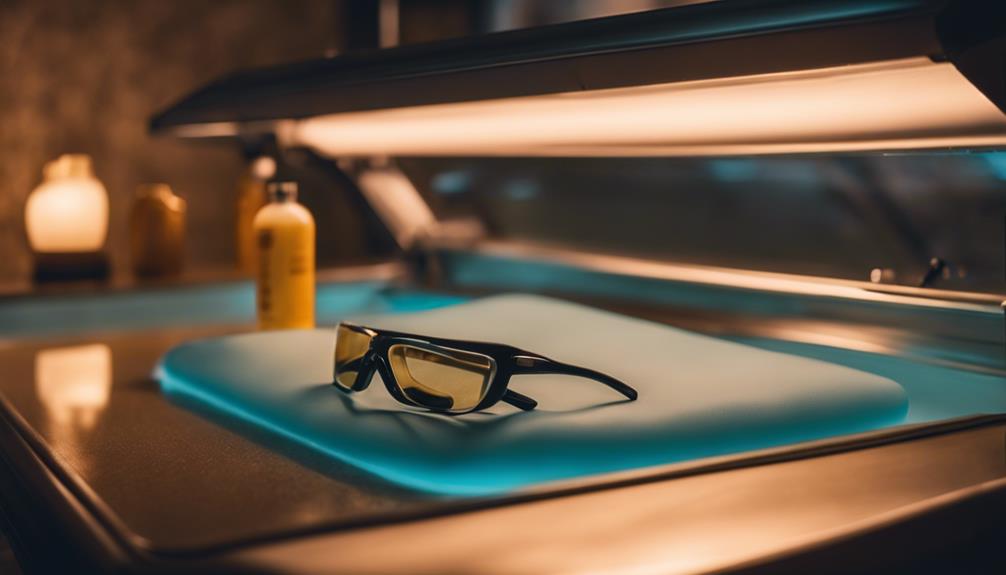
Utilizing protective accessories like goggles and SPF lip balm is essential for shielding your skin and eyes from UV damage during tanning sessions. You wouldn't want to emerge from a tanning bed looking like a lobster, right?
Here are a few significant protective measures to follow:
- Wear goggles to protect your eyes from harmful UV rays; those peepers need love too!
- Apply SPF lip balm to keep your lips safe and hydrated, because nobody likes chapped lips.
- Cover sensitive areas with towels or stickers to prevent burns; those spots need extra care!
Accessories for Safety
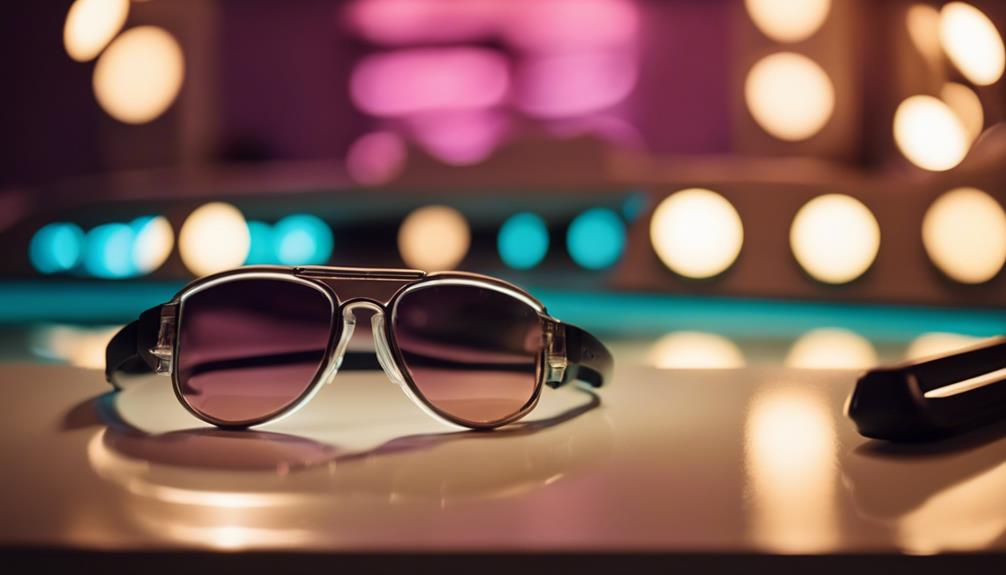
Protective accessories are essential for ensuring your safety and enhancing your tanning experience.
First up, don't forget your goggles! They shield your eyes from harmful UV rays, which can turn your peepers into little sunburns—yikes!
Next, grab some SPF lip balm to keep your lips from feeling like the Sahara Desert.
You might also want to cover sensitive areas with towels or stickers; trust me, your skin will thank you later.
And if you're feeling fancy, consider wearing protective clothing for extra coverage.
Always check that your accessories are in good shape, and clean the tanning bed before you hop in.
Post-Tanning Care
After tanning, you should focus on soothing and hydrating your skin to maintain its health and appearance. Think of your skin as a sponge—it needs moisture to stay happy!
Here are three essential tips for post-tanning care:
- Cool Shower: Take a cool shower to calm your skin and wash away any excess tanning lotion. It's invigorating, like a splash of cold water on a hot day!
- Aloe Vera Gel: Apply aloe vera gel to help reduce inflammation and keep your skin feeling soft and smooth. It's like a hug for your skin!
- Moisturizer: Use a light moisturizer afterward to prevent dryness and peeling. Your skin will thank you for the extra love!
Monitoring Skin Health
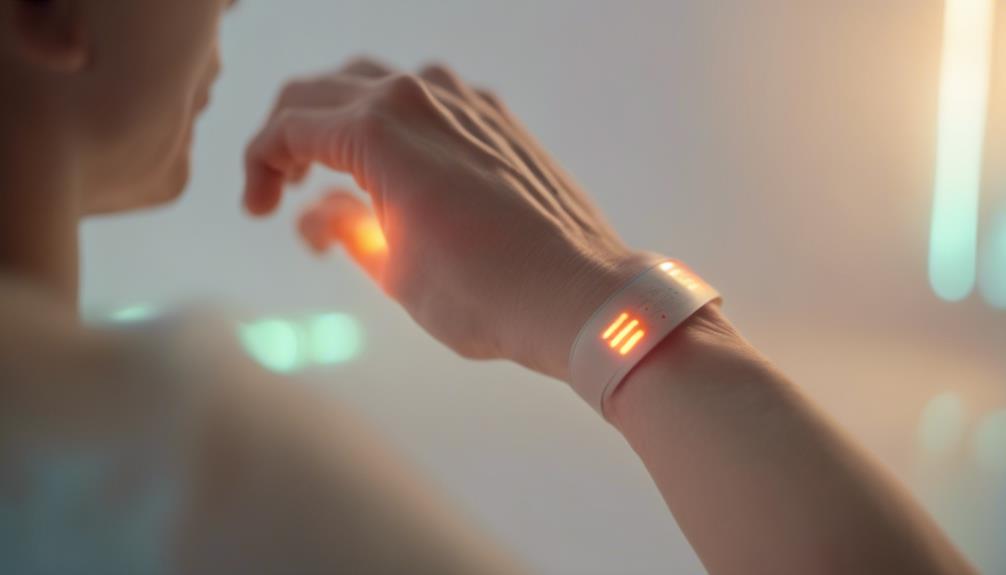
Regularly monitoring your skin health is essential to guarantee you're not experiencing adverse reactions from tanning sessions.
Think of your skin as a delicate plant; if it's wilting, it needs your attention! Keep an eye out for any redness, irritation, or peeling, as these can signal that your skin's had enough sun.
It's like checking the temperature of your soup—too hot, and you'll burn your tongue!
Also, jot down how often you tan and how your skin reacts; this helps you figure out your perfect tanning routine.
If you notice any unusual changes, don't hesitate to chat with a dermatologist. Your skin deserves the best care, so let's keep it healthy and happy!
Frequently Asked Questions
How Often Should I Tan in a Week?
You should tan no more than two to three times a week, allowing your skin time to recover between sessions. Monitor your skin's reaction and adjust frequency accordingly to avoid burns and irritation.
Can I Tan if I Have a Sunburn?
You shouldn't tan with a sunburn. Your skin's already damaged, and tanning can worsen irritation or prolong healing. Focus on soothing your skin first; once healed, you can return to tanning safely.
What Are the Signs of Overexposure to UV Rays?
You'll notice signs of overexposure to UV rays like redness, itching, peeling, and blistering. If you experience these symptoms, it's essential to stop tanning, cool your skin, and seek professional advice for proper care.
Are Tanning Beds Safe for All Skin Types?
You'd think tanning beds are a universal ticket to a golden glow, but they're not safe for everyone. Fair skin types are especially vulnerable to burns, so always assess your skin before diving in.
Can I Use Makeup Before Tanning?
You shouldn't wear makeup before tanning. It can block UV rays and cause uneven tanning. Instead, cleanse your skin thoroughly, ensuring it's free from oils and products for the best tanning results.
What are the essential tips for using a tanning bed safely?
Before using a tanning bed, it’s crucial to understand the tanning bed overuse warning. Limit sessions to avoid skin damage and potential health risks. Always wear protective eyewear and use a good quality tanning lotion to keep your skin hydrated. Follow manufacturer guidelines for safe usage.
Conclusion
So, there you have it! Tanning bed safety is like riding a bike: with a little practice and the right gear, you can enjoy the ride without falling flat.
Remember to assess your skin, pick the right lotions, and manage your time wisely.
Don't forget to care for your skin after tanning, too!
By following these tips, you'll be well on your way to achieving that gorgeous glow while keeping your skin happy and healthy.
Ready to shine?
